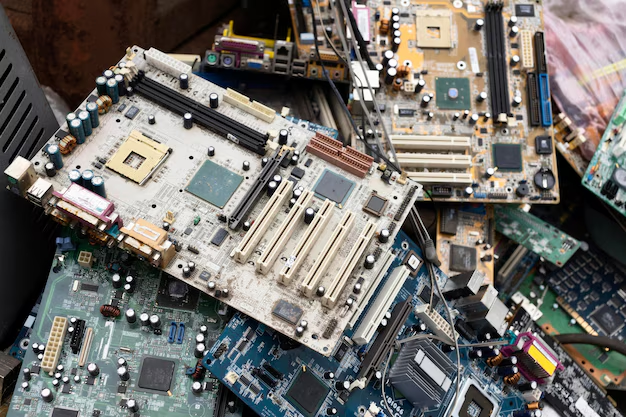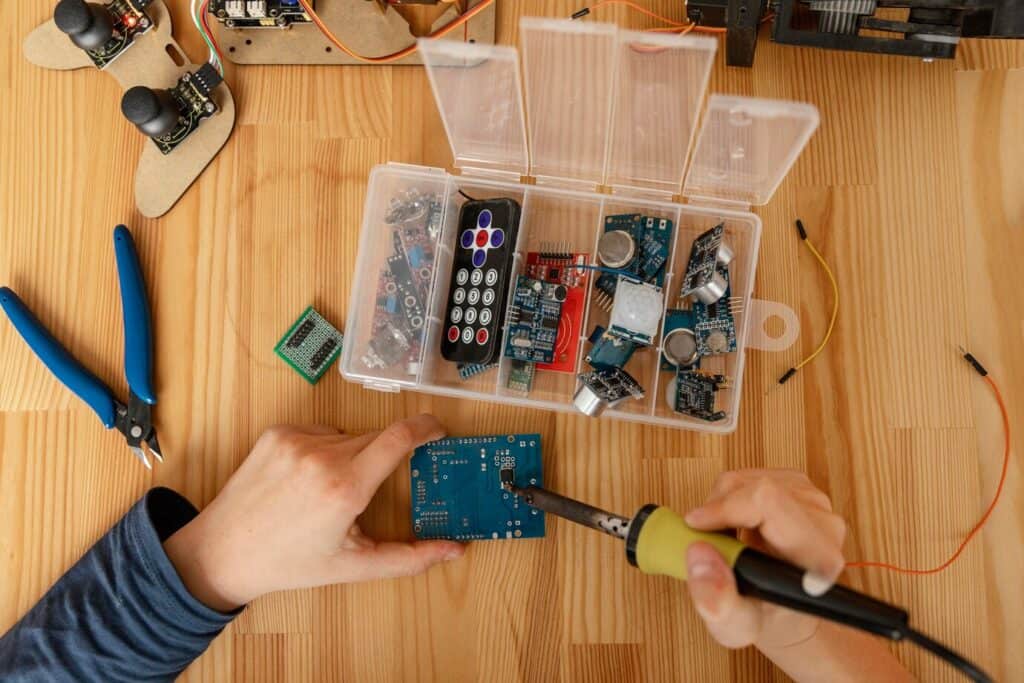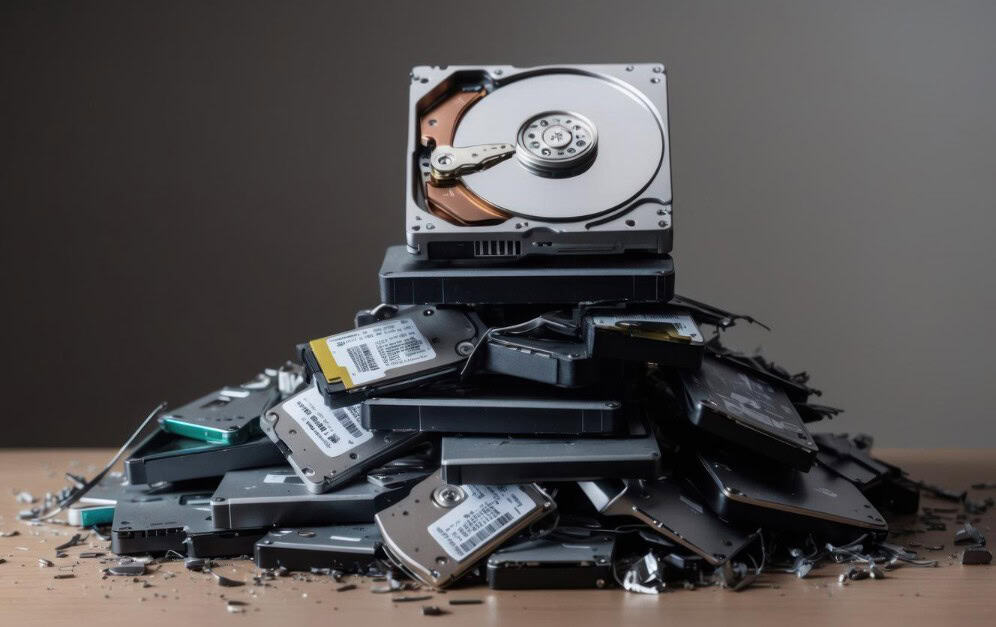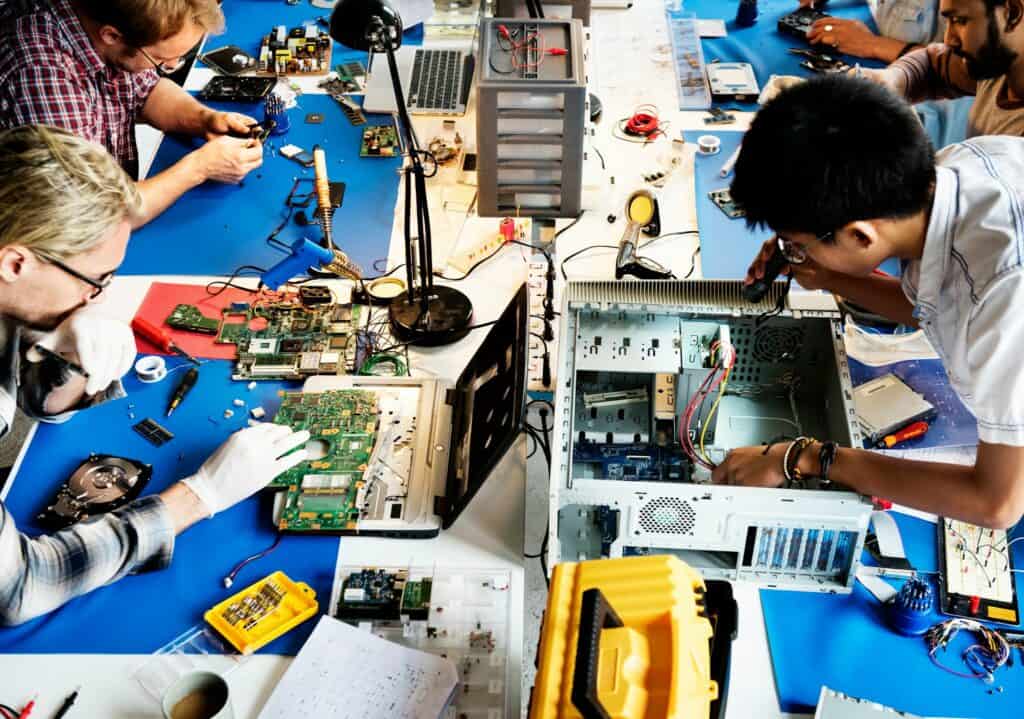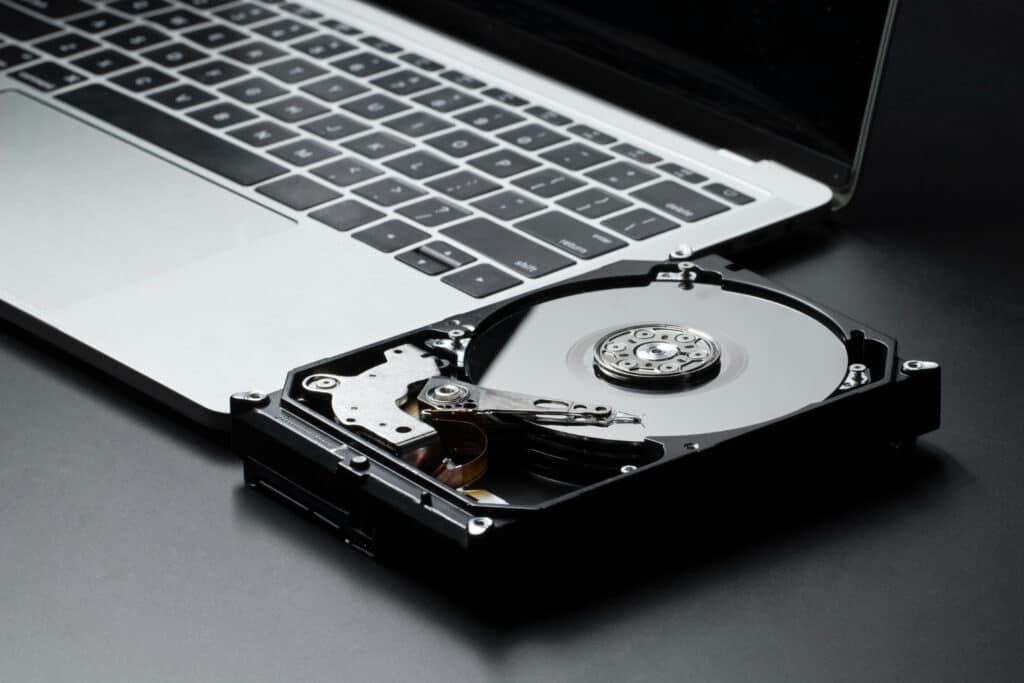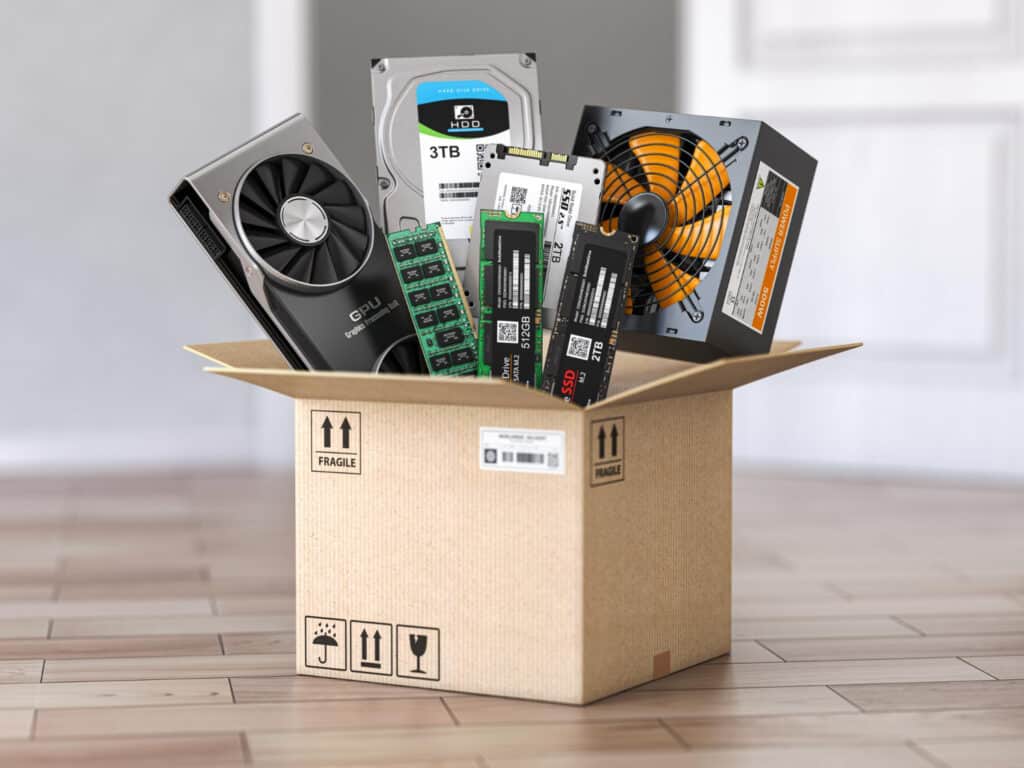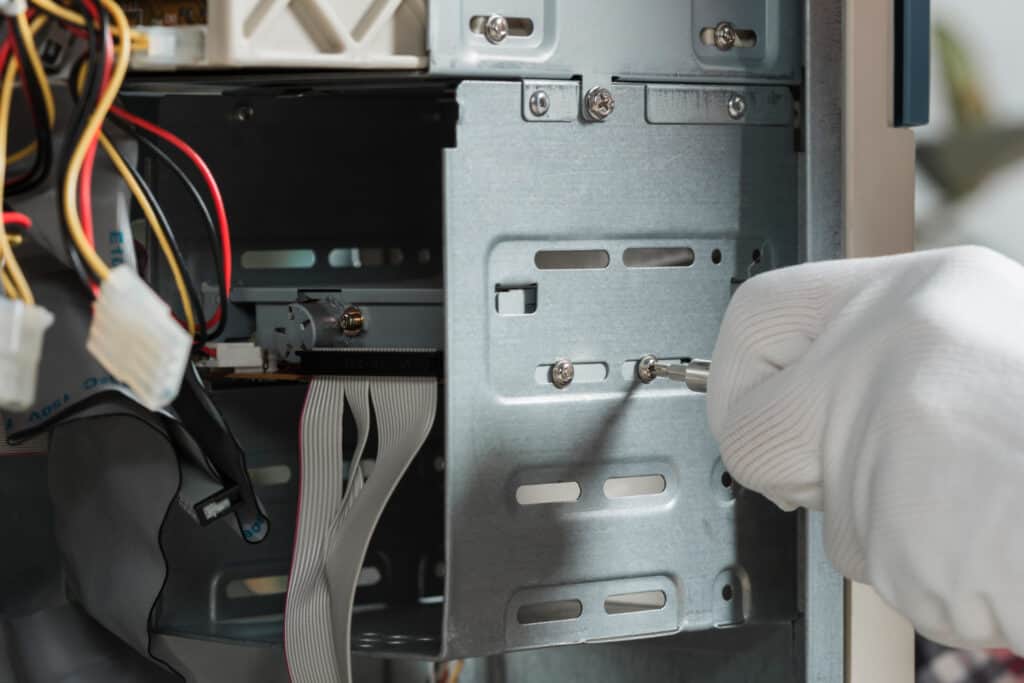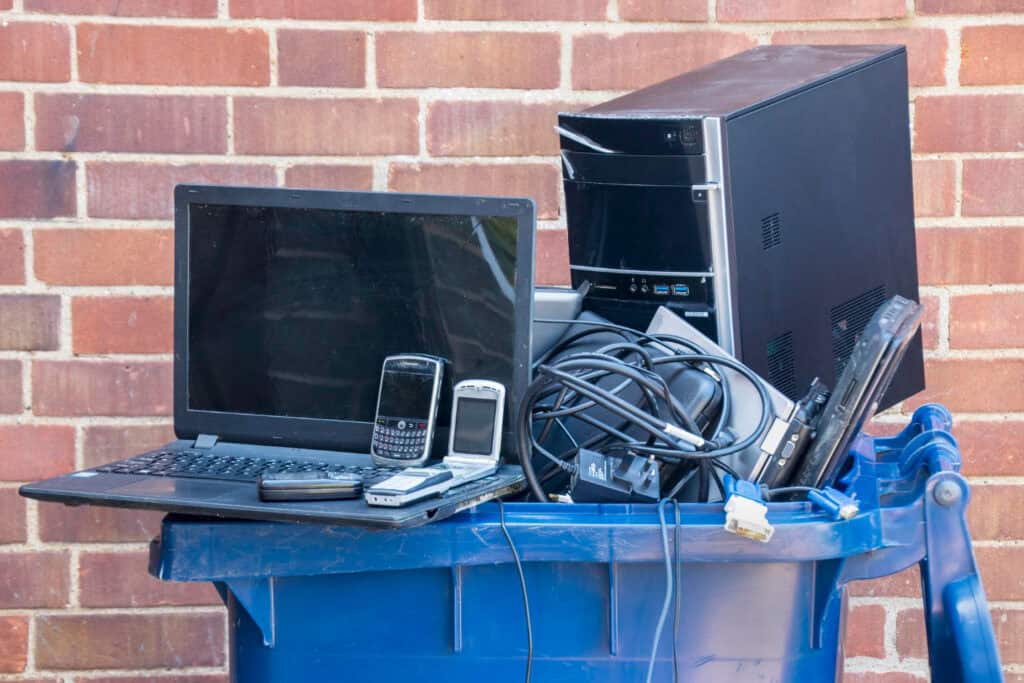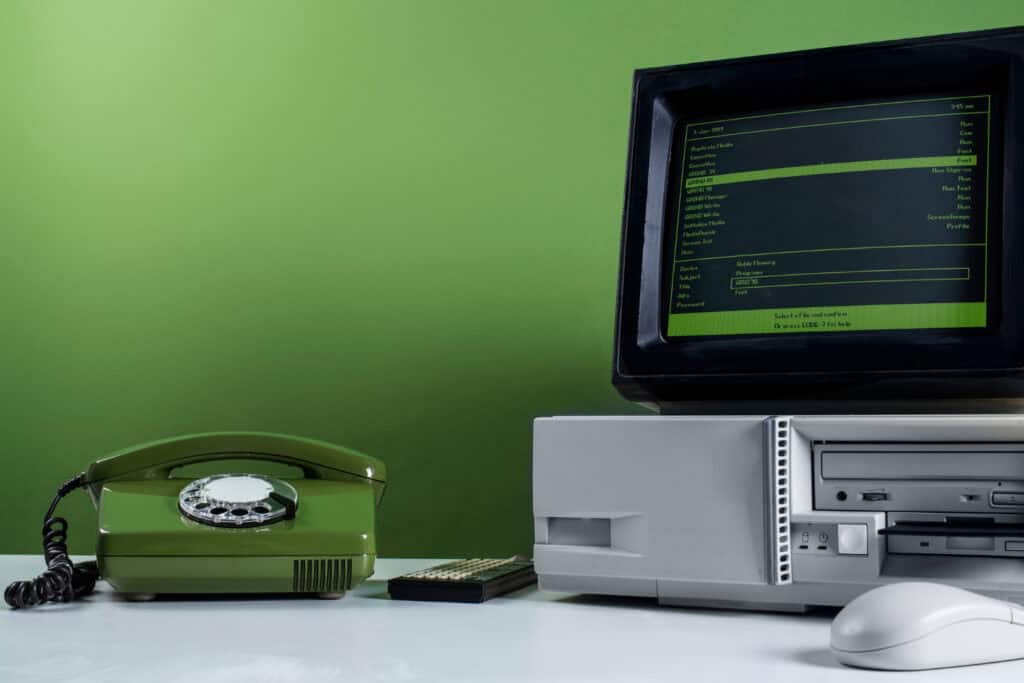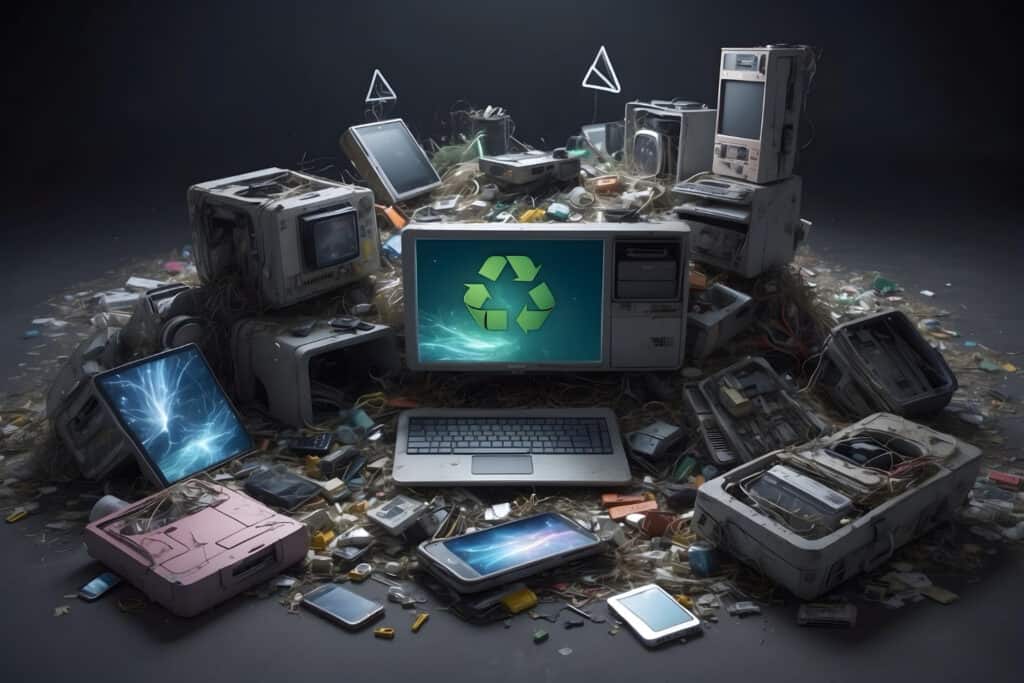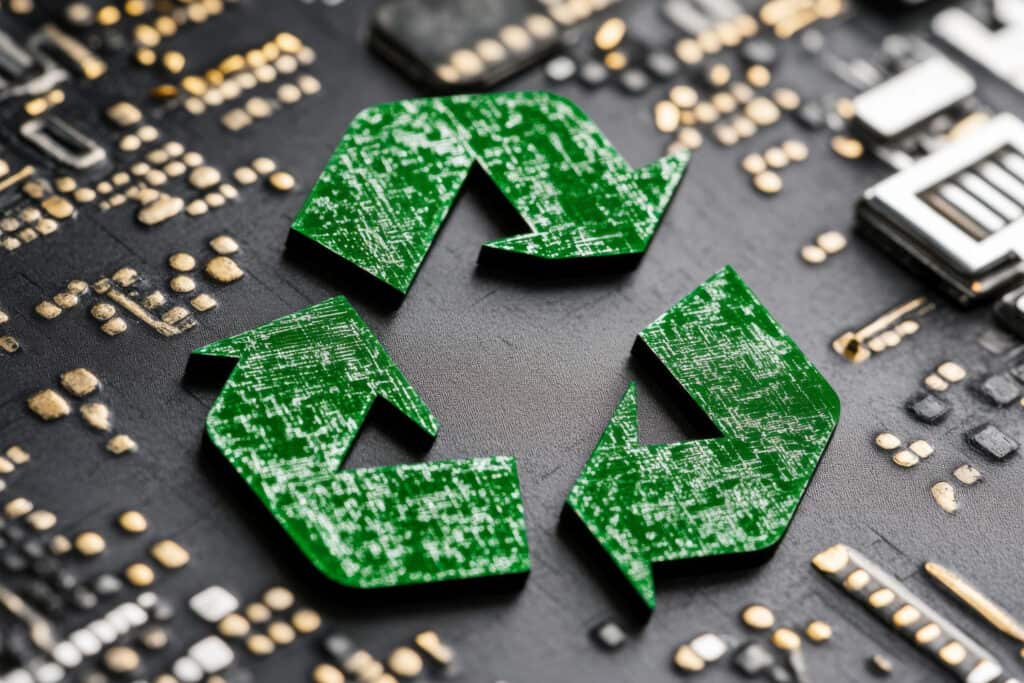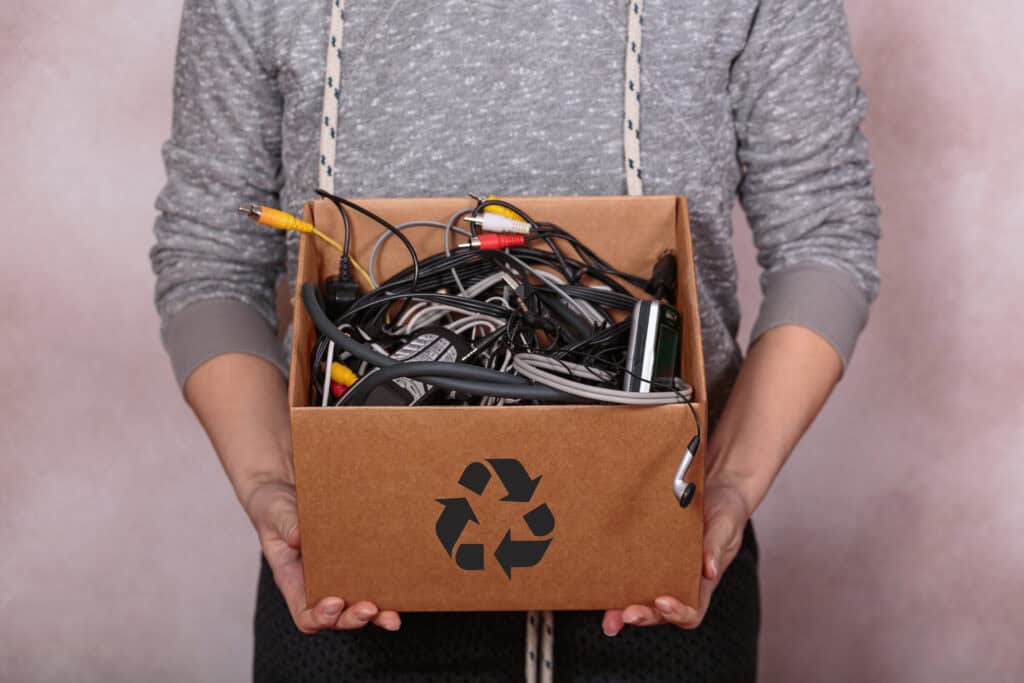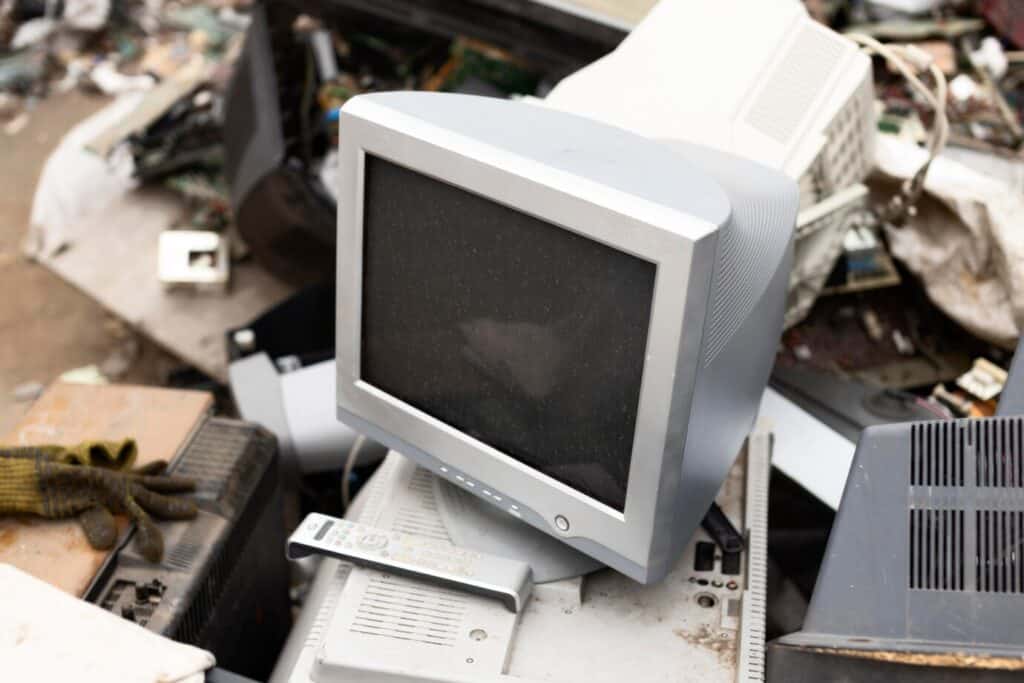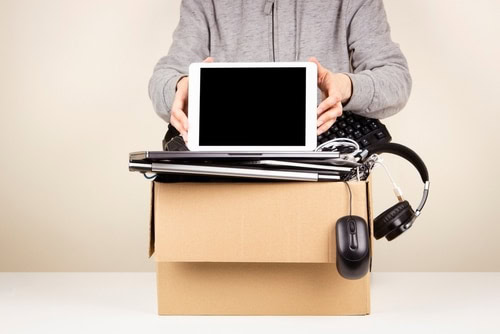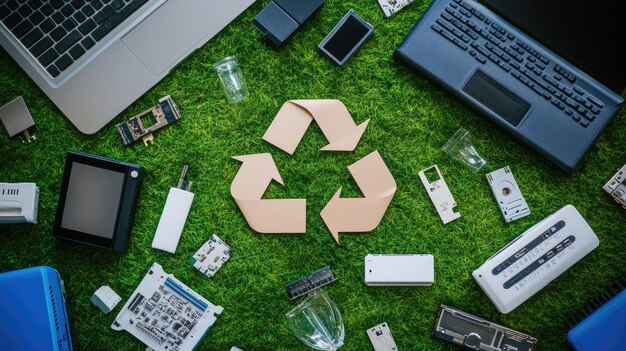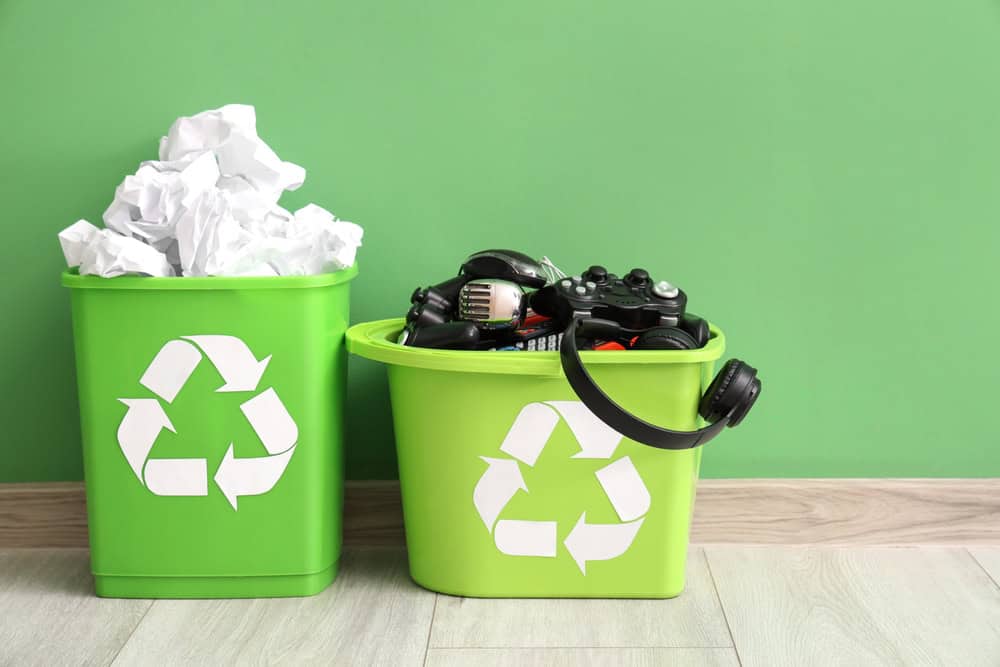Electronic recycling is more than just tossing gadgets in a bin. When you recycle electronics, you help in turning old devices into new resources. This not only conserves precious materials but also keeps harmful substances from harming the environment. Once you drop off your electronics for recycling, a fascinating journey begins.
First, devices are collected and carefully sorted. Each item is categorized based on its components and materials, paving the way for efficient processing. Specialized facilities then break down these gadgets, extracting metals and other components that can be reused. This process involves cutting-edge technology and expertise to ensure valuable materials are recovered and put to good use.
Beyond the technical processes, there are crucial environmental safety measures in place. These ensure that recycling is done responsibly, with minimal impact on the planet. This comprehensive recycling method not only reduces waste but also allows old materials to be reborn into new, useful products. Understanding what happens to recycled electronics can inspire us all to recycle more thoughtfully and contribute to a sustainable future.
Initial Collection and Sorting of Electronics
Once electronic waste is collected, it begins its journey through a well-organized sorting process. Specialized recycling centers gather gadgets like computers, printers, and mobile phones, ready to give them a new purpose. The first step involves sorting the items based on type and size, which helps streamline the rest of the recycling process.
Skilled workers and machines collaborate to separate these electronics. They identify and categorize items such as hard drives, batteries, and small components. This is important because different materials require unique handling and processing methods. Certain components contain precious metals like gold, silver, and platinum, while others hold recyclable plastics and glass.
Sorting is a meticulous task that establishes a foundation for efficient recycling. Each item is directed to specific areas within the facility, where the next steps in recycling can occur. By ensuring precise organization from the start, recycling centers can maximize the potential of each device, ensuring that valuable materials are not lost and environmental harm is minimized.
Breakdown and Recovery of Valuable Materials
Once the electronics are sorted, the breakdown phase begins. This involves dismantling devices to recover precious materials. Skilled technicians carefully disassemble gadgets, removing circuit boards, batteries, screens, and other components. This is where the magic of recycling truly happens, as each part has potential for reuse.
Advanced machinery plays a key role in safely separating metals from plastics and other materials. Magnets, shredders, and eddy currents work together to extract valuable metals such as copper, gold, and aluminum. These metals are highly sought after because they can be reused in new products, reducing the demand for virgin resources.
Recycling centers focus on recovering as much usable material as possible. This involves stripping wires, crushing metals, and even melting down some parts to reclaim base materials. For example, plastic casings can be ground into pellets and used in manufacturing new products. Meanwhile, metals can be refined and returned to the market for creating new electronics or other goods.
The breakdown and recovery phase is crucial for turning e-waste into value, ensuring nothing goes to waste. By systematically dismantling and salvaging components, recycling processes help conserve resources and prevent environmental damage, contributing positively to sustainability efforts.
Environmental and Safety Measures in E-Waste Processing
Processing e-waste safely and responsibly is a top priority to prevent harm to our planet and its inhabitants. Recycling facilities have strict measures in place to handle various electronic components without releasing hazardous substances into the environment. These facilities are designed to manage and contain harmful chemicals found in electronics, such as lead, mercury, and cadmium.
Inside the recycling center, workers use protective gear while handling electronics to safeguard their health. Advanced ventilation systems and containment zones prevent dangerous fumes or dust from spreading. This ensures a safe workspace and eliminates risks associated with hazardous materials.
Moreover, recycling centers follow stringent environmental regulations that dictate how e-waste should be processed. They ensure all extracted materials, whether recyclable or not, are disposed of in an eco-friendly manner. This helps avoid contamination of soil and water sources.
Finally, facilities often have emergency protocols for handling spills or other incidents, ensuring swift action to prevent environmental damage. With these safety measures, recycling centers play a key role in promoting health and sustainability in e-waste processing, making it possible for electronics to be recycled without any negative impact.
The Journey of Recycled Materials into New Products
Once valuable materials are recovered from e-waste, they embark on a new journey, transforming into different products. Metals and plastics from old electronics find their way into diverse industries, contributing to the creation of fresh items.
Here’s how these recycled materials are utilized:
1. Metals Rebirth: Extracted metals like copper and aluminum are melted down and reformed. These metals are key components in manufacturing new electronics, automotive parts, and even construction materials.
2. Plastic Reinvention: Plastic gets shredded and sometimes melted. It is then repurposed to make items such as outdoor furniture, garden tools, and new electronic casings.
3. Glass Transformation: Glass from items like monitors is often crushed and used in making new screens or as an aggregate in road construction.
4. New Circuit Boards: Precious metals recovered from circuit boards are used to produce new boards, crucial in various devices like smartphones and computers.
Each recycled material finds a new life, reducing the need to mine virgin resources, saving energy, and lowering production costs. This journey exemplifies the cycle of sustainability, where what was once waste becomes a valuable asset again, supporting a greener economy.
Conclusion
Recycling electronics is a vital process that supports environmental conservation and resource optimization. Each stage of recycling, from initial collection to the creation of new products, plays a significant role in minimizing e-waste and promoting sustainability. Understanding these processes highlights the importance of proper disposal methods and the impact responsible recycling has on our ecosystem.
Every electronic device recycled has the potential to save resources, reduce pollution, and contribute positively to the economy. With facilities equipped to handle e-waste securely, you can confidently recycle your electronics knowing they contribute to a brighter future. By prioritizing safe and effective recycling practices, we can all participate in reducing the carbon footprint and safeguarding our planet.
If you’re ready to take a step towards sustainability, reach out to ReWorx Recycling. Our experienced team is dedicated to providing safe and eco-friendly electronic waste recycling in Sacramento, ensuring your electronics are responsibly processed. Join us in making a difference and help build a cleaner, more sustainable world.
